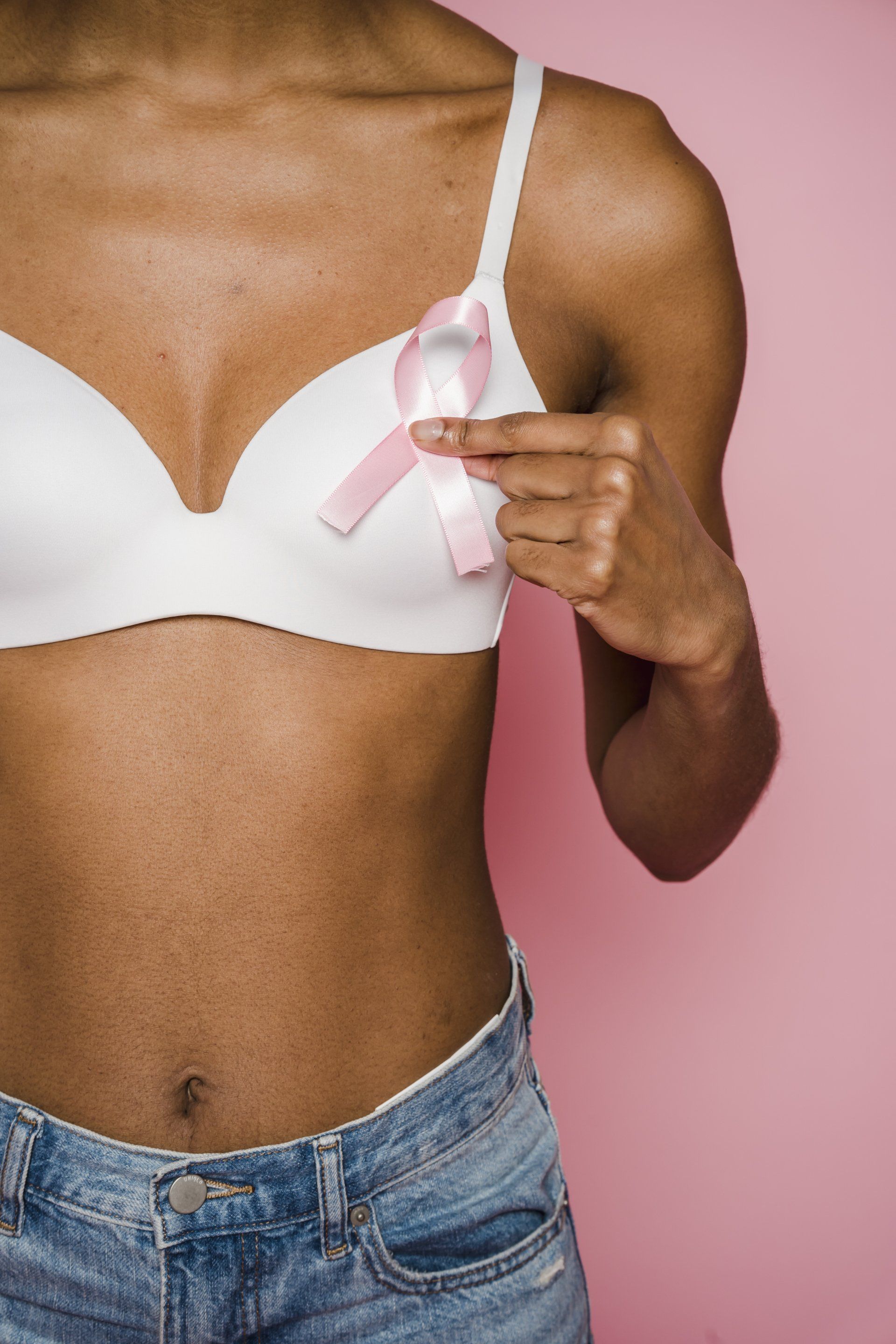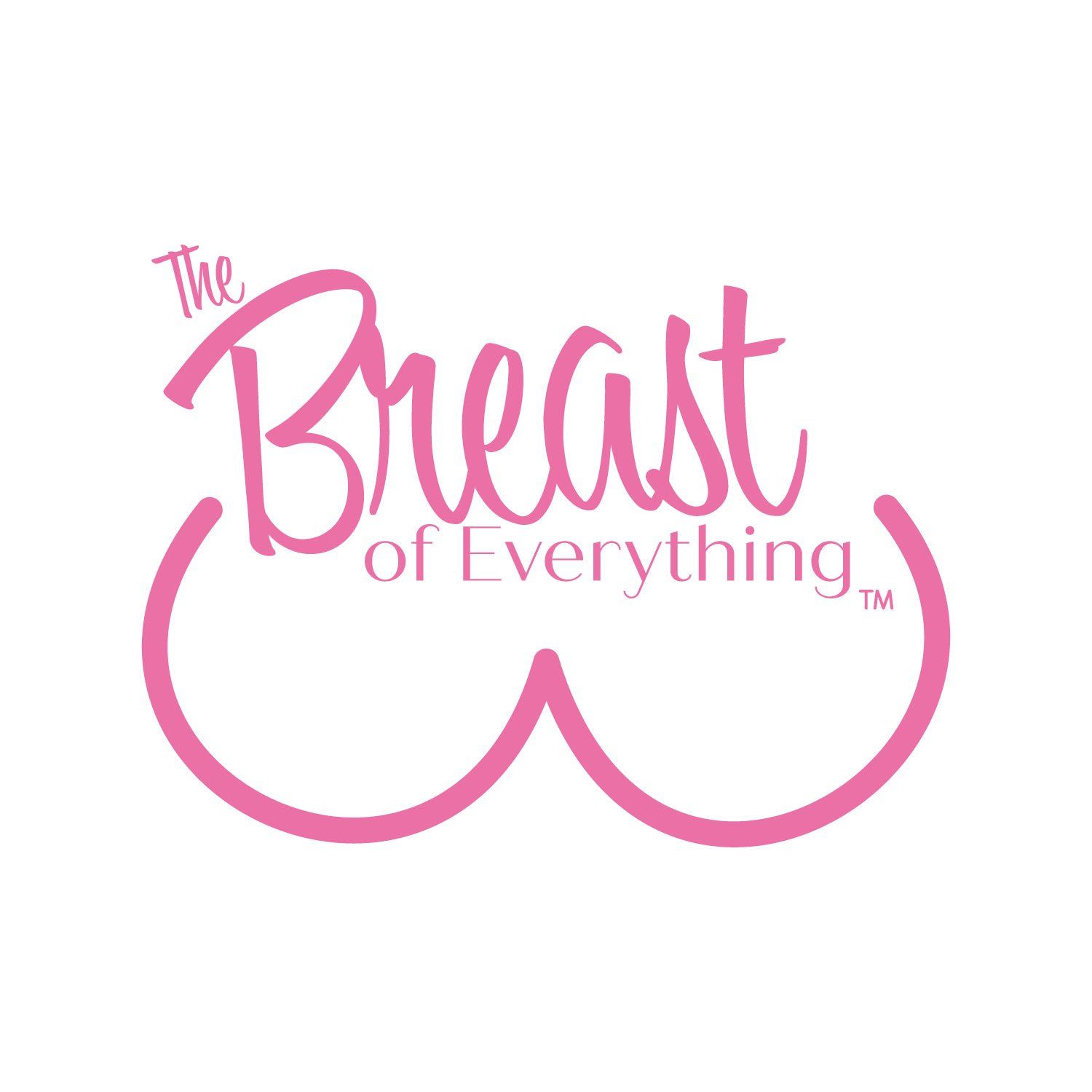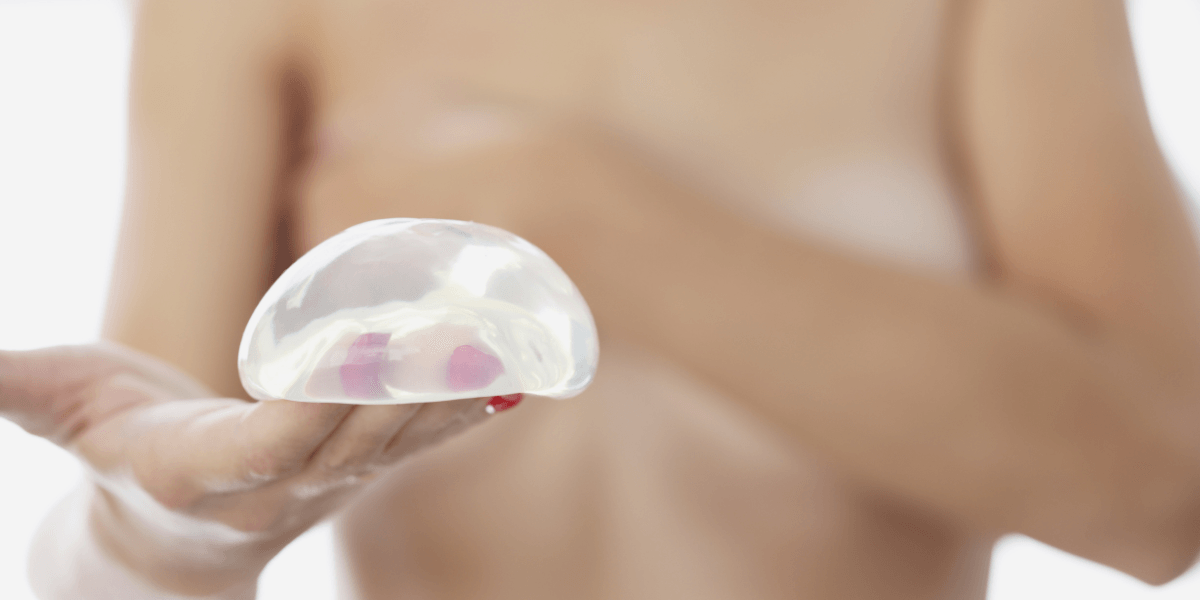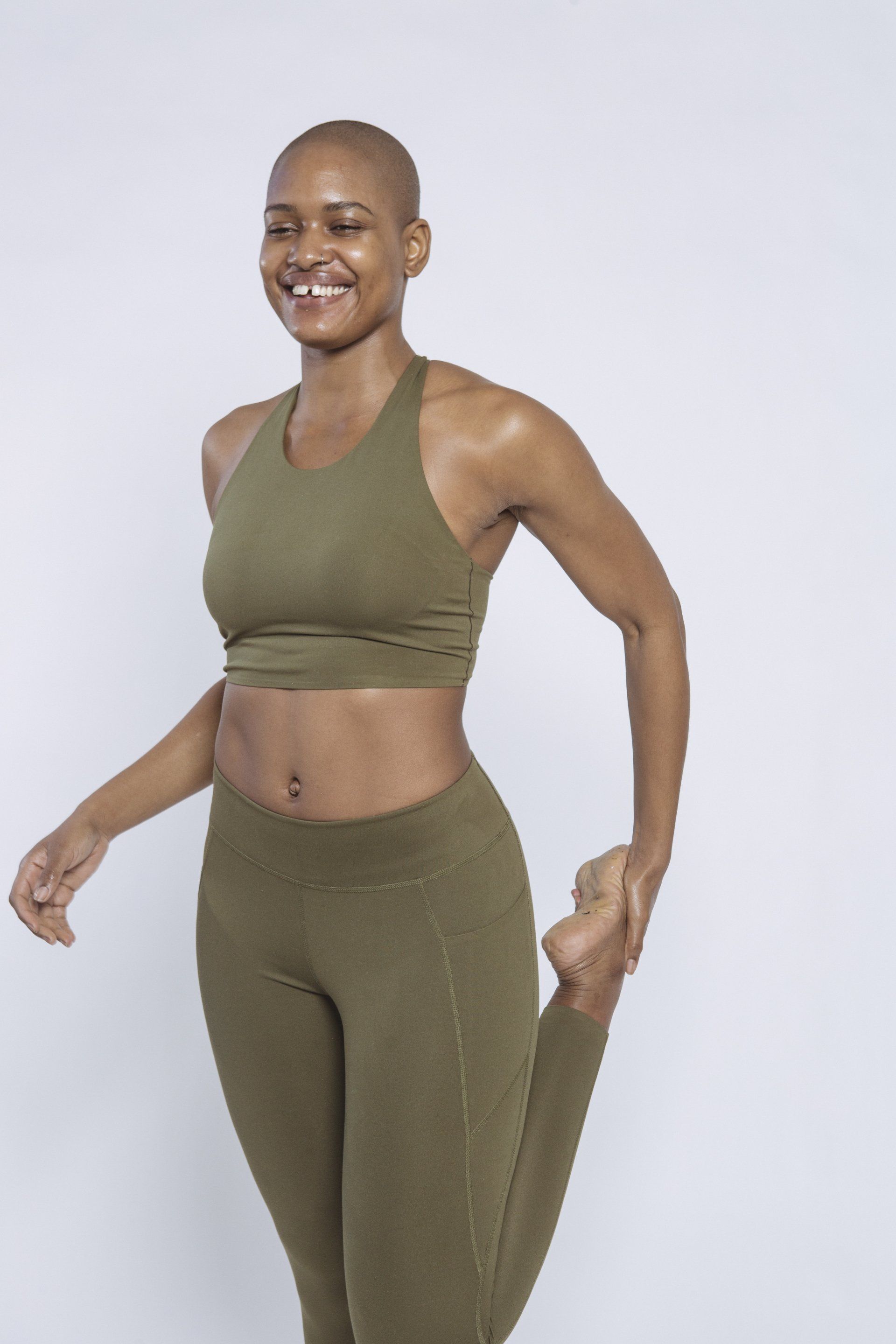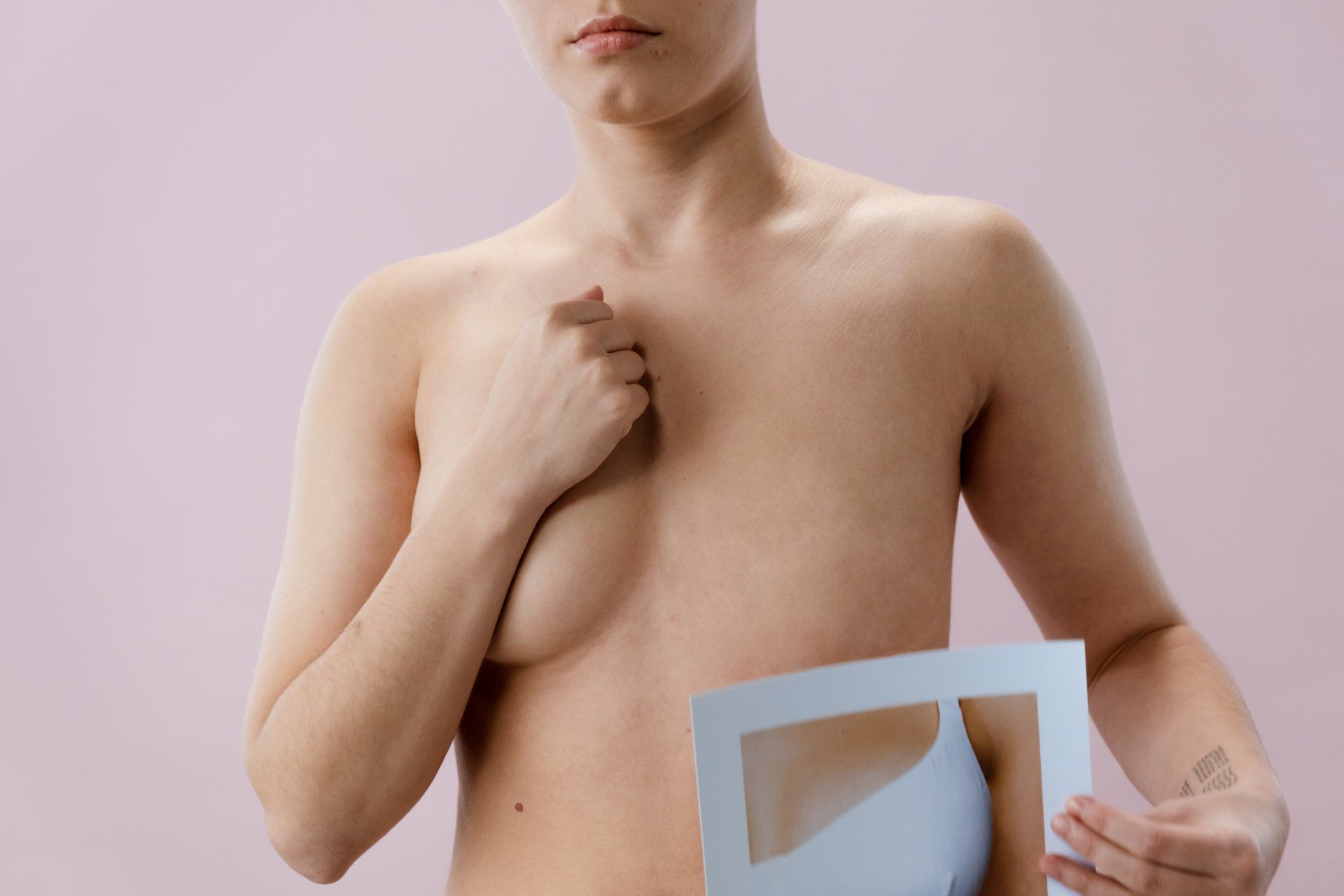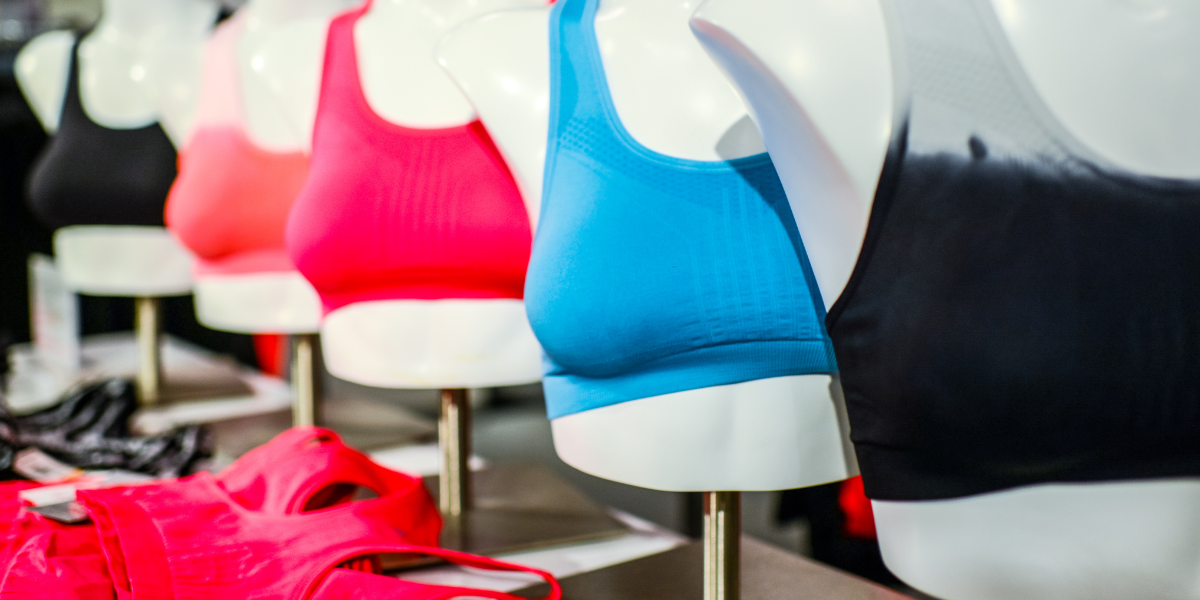16 Breastfeeding Essentials For New Moms
As a first-time mom, there are a lot of new things to learn, and breastfeeding is probably one of the most important. Here are some essentials that will help you get started and make breastfeeding a successful experience for both you and your baby.
RELATED: Firm Breast Workout: 6 Chest Exercises to Lift Breasts
What You Need for Breastfeeding | Breastfeeding Products and Accessories Checklist
Reusable Cloth Nursing Pads
When you're breastfeeding, leakage is inevitable. Nursing pads can help to absorb this leakage and protect your clothes from stains.
There are two main types of nursing pads: disposable and reusable.
Disposable pads are convenient but can be expensive, and they often contain synthetic materials that can irritate the skin.
Reusable pads, on the other hand, are not only environmentally friendly; they also offer a number of benefits over disposable nursing pads!
For starters, they are much more absorbent, so moms don't have to worry about leaks. They are also softer and more comfortable to wear, and they can be easily washed and reused. Best of all, cloth nursing pads can help save money in the long run.
Nursing Pillows
A nursing pillow helps to support the baby's head and body, making it easier to position the baby correctly for nursing. Nursing pillows also provide support for the mother's back and arms, preventing strain and pain.
In addition, nursing pillows can be used to prop up the baby during feedings, or to provide a comfortable place for the baby to rest after a feeding.
Pro Tip: Look for a nursing pillow with a wrap-around design that can be easily adjusted to fit your body.
Supportive Nursing Bras
These bras are designed to provide support and comfort while nursing, and they can make the experience much more enjoyable for both mother and baby.
Nursing bras come in a variety of styles and different sizes, so it's important to find one that works well for your body type. Many bras also have adjustable straps, so you can find a perfect fit as your body changes during pregnancy and breastfeeding.
Nursing Tops and Dresses
Nursing mothers need special clothing that allows them to breastfeed their babies discreetly and comfortably. Nursing tops and dresses are designed with this in mind, and they offer a number of features that can be beneficial for both mother and child.
For example, nursing tops often have built-in support panels that help to lift and shape the breasts, making it easier to position the baby for feeding. They also often have hidden openings that allow the mother to access her breasts without having to remove the entire garment.
Nursing dresses, on the other hand, tend to be more loose-fitting and comfortable, making them ideal for wearing during extended periods of time.
Breastfeeding Nightwear
This type of clothing is designed to make nighttime breastfeeding easier and more comfortable for both mother and baby.
Breastfeeding nightwear usually has a built-in nursing bra and easy-access features, such as nursing clips or zippers, so you won't have to fumble with your clothing in the middle of the night.
Pro Tip: Many women find that a nightgown or a sleep shirt is the most convenient option for nighttime feedings!
Breastfeeding Cover
A cover can help you feel more comfortable breastfeeding in public, and it can also protect your baby from sun and wind exposure.
If you plan to nurse while traveling, a cover can be especially handy. Some covers even come with a built-in storage pocket, so you can keep a few essential items close at hand.
When choosing a breastfeeding cover, look for one that is light and breathable. We recommend avoiding covers made from synthetic materials, as they can cause baby to overheat. Instead, opt for a natural fiber like cotton or linen.
Breast Pumps
In addition to the challenges of learning how to breastfeed, many moms also have to contend with an unpredictable schedule. Breast pumps can be a lifesaver in this situation, allowing moms to pump milk ahead of time and store it for later use.
There are a few things to keep in mind when choosing a breast pump, however:
- Think about portability. If you'll be pumping away from home, you'll need a pump that is easy to transport.
- Your lactation consultant or doctor can often recommend a specific brand or type of pump that may work well for you.
- Some pumps are designed for occasional use, while others are meant for daily pumping sessions. Consider how often you will need to pump when making your selection.
- Electric pumps are generally more powerful than manual pumps, but they can also be more expensive. If you plan on pumping regularly, an electric pump may be worth the investment.
Storage Bags and Containers
Breastmilk can be stored in the fridge for up to four days, or in the freezer for up to six months. Having a good supply of storage bags will help you to keep track of how much milk you have on hand, and make it easy to grab a bag of frozen milk when you need it.
There are a few different types of storage bags available, so it is important to choose the ones that best meet your needs. Some bags have built-in pumps, which can be used to express milk directly into the bag. Others have double-walled construction, which helps to keep milk cold for longer periods of time.
Regardless of which type of bag you choose, make sure to label your bags and containers with the date and time you pumped, as well as how many hours your milk will stay fresh for.
Nipple Shields
These little devices can be a lifesaver for babies who are having trouble latching and for moms who are struggling with sore nipples.
Nipple shields act as a barrier between the baby's mouth and the nipple, and can help to protect the nipple from damage. They also keep your baby nursed and make it easier for them to latch on, which can be a huge relief for mothers who are dealing with pain during breastfeeding.
If you're thinking about using nipple shields, be sure to talk to your doctor or lactation consultant first. They can help you to choose the right size and style for your needs, and will make sure that you're using them correctly.
RELATED: Common Causes of Sagging Breasts and Tips for Prevention
Nipple Cream
Nipple cream can help to soothe and protect sore nipples, making breastfeeding more comfortable for both you and your baby. In addition, it can also help to prevent cracked nipples and keep your breasts in good condition.
When choosing a nipple cream, look for one that is hypoallergenic and free from artificial fragrances and colors. And be sure to apply it after each feeding, as well as before bedtime.
Breast Compresses
Breast compresses can help to soothe engorged breasts and relieve pain. They can also be used to express milk, either manually or with a pump.
Simply apply the compress to the breast for a few minutes before nursing or pumping. The compress will help to draw out excess milk and make nursing more comfortable.
When choosing breast compresses, look for ones that are made from natural materials like cotton or bamboo. You'll also want to make sure that the compresses are soft and absorbent.
Another helpful tip is to place the compress in the fridge for a few minutes before using. The cool temperature will help to reduce swelling and pain.
Burp Cloths
Any new mom knows that breastfeeding can be a messy business. Leaks, spills, and drips are all part of the package. That's why it's essential to have a few good burp cloths on hand.
A burp cloth is a small piece of fabric that can be used to clean up any messes. Here are a few things to keep in mind when selecting burp cloths:
- Consider the material: You'll want something that's soft and absorbent, but also easy to wash. Cotton is a popular choice, but there are also plenty of synthetic materials that work well.
- Think about size: You'll want something that's large enough to catch any spills, but not so big that it's cumbersome to carry around.
- Consider style: There are plenty of cute and stylish burp cloths on the market, so you can find something that matches your personal style!
Breastfeeding Chair
A good breastfeeding chair will provide support for your back, arms, and neck, and it will allow you to position your baby at just the right height for feeding. Additionally, a breastfeeding chair will give you somewhere to store all of your breastfeeding supplies, so they're always within reach when you need them.
Bottle of Water and Snacks
When you're breastfeeding, it's important to stay hydrated and well-nourished. A good way to do this is to have a bottle of water and some snacks within reach.
Keep in mind that you may need more water than usual, since breastfeeding can be dehydrating. And try to snack on foods that are high in protein and healthy fats, like nuts or seeds. These will give you sustained energy and help your body produce milk.
Of course, every mom is different, so listen to your body and adjust accordingly.
Breastfeeding App
There are plenty of great breastfeeding apps on the market, and they can be a huge help for nursing moms!
A breastfeeding app can track your baby's feedings, wet diapers, and sleeping patterns. This information can be extremely helpful in spotting potential problems early on.
Additionally, many apps also offer tips and advice on everything--from breastfeeding positions to pumping and storing breast milk.
Dietary Supplement
As a parent, you want to be sure about the health of your infant. With nutraMetrix DNA Miracles Probiotics Extra, you can rest easy knowing that you're providing your child one of the most complete children's probiotic and prebiotic formulas on the market today.
Both probiotics and prebiotics are necessary for a child's proper and healthy development. Healthful bacteria and prebiotics are passed from mother to child through breast milk. In some instances–for example, if an infant is formula-fed or born through Caesarian section–it may be beneficial to supplement an infant with healthful, proper amounts of these beneficial components of breast milk.
There are also outside factors that may cause an imbalance of an infant's bacterial composition. Research has shown that consuming probiotics and prebiotics, whether through foods or supplements, can promote infants' balance of bacteria–and consequently, their health.
nutraMetrix DNA Miracles Probiotics Extra provides your infant with a scientifically-formulated probiotic and prebiotic combination, as well as a healthy, safe serving of vitamin D. Each serving of nutraMetrix DNA Miracles Probiotics Extra contains 200 million colony-forming units (CFUs) of probiotics with demonstrated beneficial effects for infants and newborns. nutraMetrix DNA Miracles Probiotics Extra also provides 900 mg of prebiotics to support the normal growth and activity of healthy bacteria in the gut. Along with vitamin D, these three ingredients have a synergistic effect and reinforce some of the beneficial effects of breast milk.
Parents always want to give their children the best. With nutraMetrix DNA Miracles Probiotics Extra, not only can you be sure you're doing all you can to support your infant's health, but you receive our pledge to protect your little miracle through our commitment to quality and care.
Final Thoughts
Breastfeeding is an amazing experience, but it comes with its own set of challenges. It's totally normal to have some ups and downs in the first few weeks and months. The good news is that with a little planning and preparation, you can make the process a lot easier on yourself!
Be sure to stock up on all the essentials before your baby arrives, and don't hesitate to ask for help when you need it. Most importantly, enjoy this special time with your little one!
Up Next:
- Atypical Ductal Hyperplasia: What You Need To Know
- How To Prepare For A Mammogram: Your Ultimate Guide
- What Is A Wellness Exam For A Woman And Why You Should Get One
